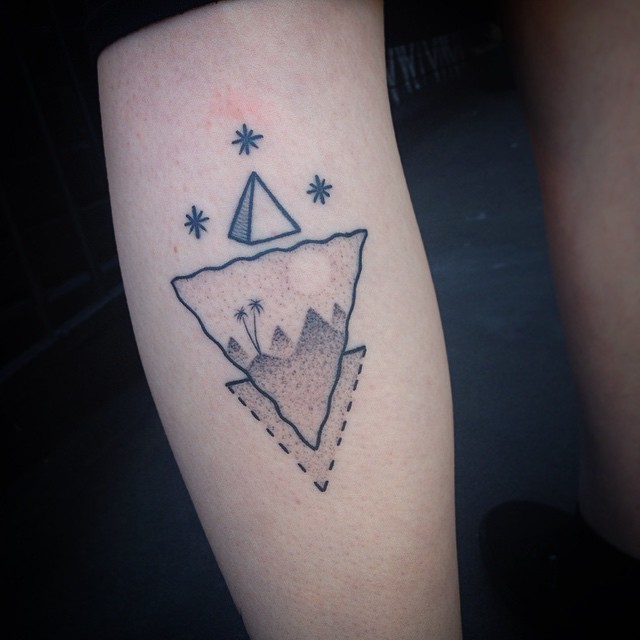
Alright, so you’re thinking about getting some ink, huh?
Specifically, a desert warrior tattoo?
Cool!
But where do you even start?
What designs are actually meaningful, not just…random?
How do you make sure it’s not something you’ll regret later?
Let’s dive into some killer desert warrior tattoo ideas and get you sorted.
Desert Warrior Tattoos: More Than Just Sand and Swords
I get it.
Desert warrior imagery is powerful.
It speaks of resilience, survival, and a deep connection to a harsh environment.
But it’s gotta be more than just a cool picture.
It needs to resonate with you.
Think about what draws you to the desert warrior archetype.
Is it the strength?
The stoicism?
The connection to nature?
Once you nail that down, the design ideas will flow.
Finding Your Desert Warrior Vibe
Okay, so how do you translate those feelings into actual tattoo designs?
Here’s a breakdown:
-
Consider the Culture: Are you drawn to a specific culture like the Bedouin, Tuareg, or maybe even a fictional desert tribe from a book or movie? Each has its own unique symbols and aesthetics.
- Example: A Tuareg cross can represent navigation and protection.
-
Think About the Animals: Desert animals are symbols of survival and adaptation. Scorpions, camels, snakes, and falcons can all be incorporated.
- Example: A scorpion could symbolize resilience and protection against enemies.
-
Explore Geometric Patterns: Many desert cultures use geometric patterns in their art and clothing. These can be incorporated into your tattoo for a unique and meaningful design.
- Example: Think about the patterns in traditional Berber carpets.
-
Incorporate Weaponry: Swords, spears, and shields are classic warrior symbols. Consider how you can stylize them to fit your overall design.
- Example: A stylized scimitar could represent your personal strength.
-
Don’t Forget the Landscape: The desert itself can be a powerful symbol. Canyons, dunes, and starry skies can all be incorporated into your tattoo.
- Example: A minimalist design of a sand dune under a crescent moon.
Real-Life Inspiration: Stories in Ink
I had a friend, let’s call him Omar, who got a desert warrior tattoo after overcoming a really tough time in his life.
He chose a design featuring a falcon soaring over a sand dune.
For him, the falcon represented freedom and vision, and the dune symbolized the obstacles he had overcome.
It wasn’t just a tattoo; it was a reminder of his strength and resilience.
That’s the kind of meaning you want to aim for.
Placement Matters: Where to Put Your Desert Warrior
Where you put your tattoo is just as important as the design itself.
Here are some popular placements and what they might signify:
- Upper Arm: A classic choice for showcasing strength and power.
- Back: Allows for larger, more detailed designs. Symbolizes protection and support.
- Chest: Close to the heart, representing passion and courage.
- Calf: A good choice for smaller, more discreet designs. Represents grounding and stability.
- Forearm: Visible and accessible, a constant reminder of your values.
Finding the Right Artist: Do Your Homework!
This is HUGE.
Don’t just walk into any tattoo shop.
Look for an artist who specializes in the style you’re after.
Check out their portfolio, read reviews, and talk to them about your ideas.
A good artist will not only execute your design flawlessly but also offer valuable input and suggestions.
Common Questions about Desert Warrior Tattoo Designs
-
Are desert warrior tattoos offensive to any particular culture?
It depends. Research the specific culture you’re drawing inspiration from and ensure you’re not appropriating sacred symbols or designs. When in doubt, consult with someone from that culture.
-
What are some good color palettes for desert warrior tattoos?
Earth tones like browns, tans, and oranges are classic choices. You can also incorporate blues and purples to represent the sky and the night.
-
How can I make my desert warrior tattoo unique?
Combine different elements from various cultures, incorporate personal symbols, and work with your artist to create a custom design that truly reflects your individual story.
Final Thoughts: Make it Meaningful
Ultimately, the best desert warrior tattoo is one that resonates deeply with you.
Take your time, do your research, and choose a design that tells your story.






